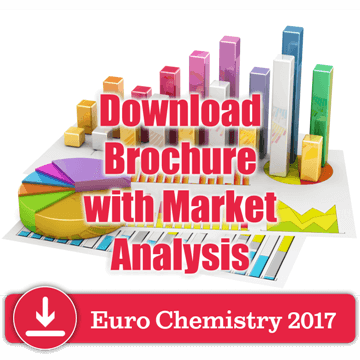Hugo Romero B
Technical University of Machala, Ecuador
Title: Development and validation of a voltammetric method for the determination of antimony in aqueous medium
Biography
Biography: Hugo Romero B
Abstract
The objective of this research was to develop and validate a voltammetric method for the determination of antimony in aqueous medium. First, solutions of 5, 10, 15 and 20 mg L-1 of Sb were prepared, using 0.5M phosphoric acid as supporting electrolyte. Additionally, nitrogen was bubbled at 99% purity to remove oxygen from solutions. To measure the concentration of antimony the anodic stripping voltammetry technique was applied, by using a potentiostat multi-channel PARSTAT mark with Versa Princeton Applied Research Studio software. To carry out the registration of voltammograms, a three-electrode system was used, which consisted of glassy carbon as working electrode, Ag / AgCl as reference electrode and a platinum electrode as a counter electrode. In a first stage of the process, a chronoamperometry to E = -1.2 V was applied for a time pre-concentration of 50 s, to achieve this electrodeposition of metallic antimony (Sb0) on the surface of the glassy carbon electrode. Next, a linear sweep voltammetry with potentials between -1.2 V and Ei = Ef = 0.5 V was applied at a rate of ν = 20 mV s-1. To validate the method for quantification of antimony determined linearity, precision, accuracy, detection limit and quantitation limit. The linearity of the method was demonstrated from the proportionality coefficient of 0.9961. The coefficient of variation (CV) had a value of 14.2%, indicating that the accuracy of the method is acceptable. Meanwhile the accuracy is within the criteria for consideration of the method, because a 114% recovery was determined. Additionally it was found that the detection limit and quantitation limit values ​​correspond to 1.45 mg 4.42 mg L- 1 and L 1 respectively.

